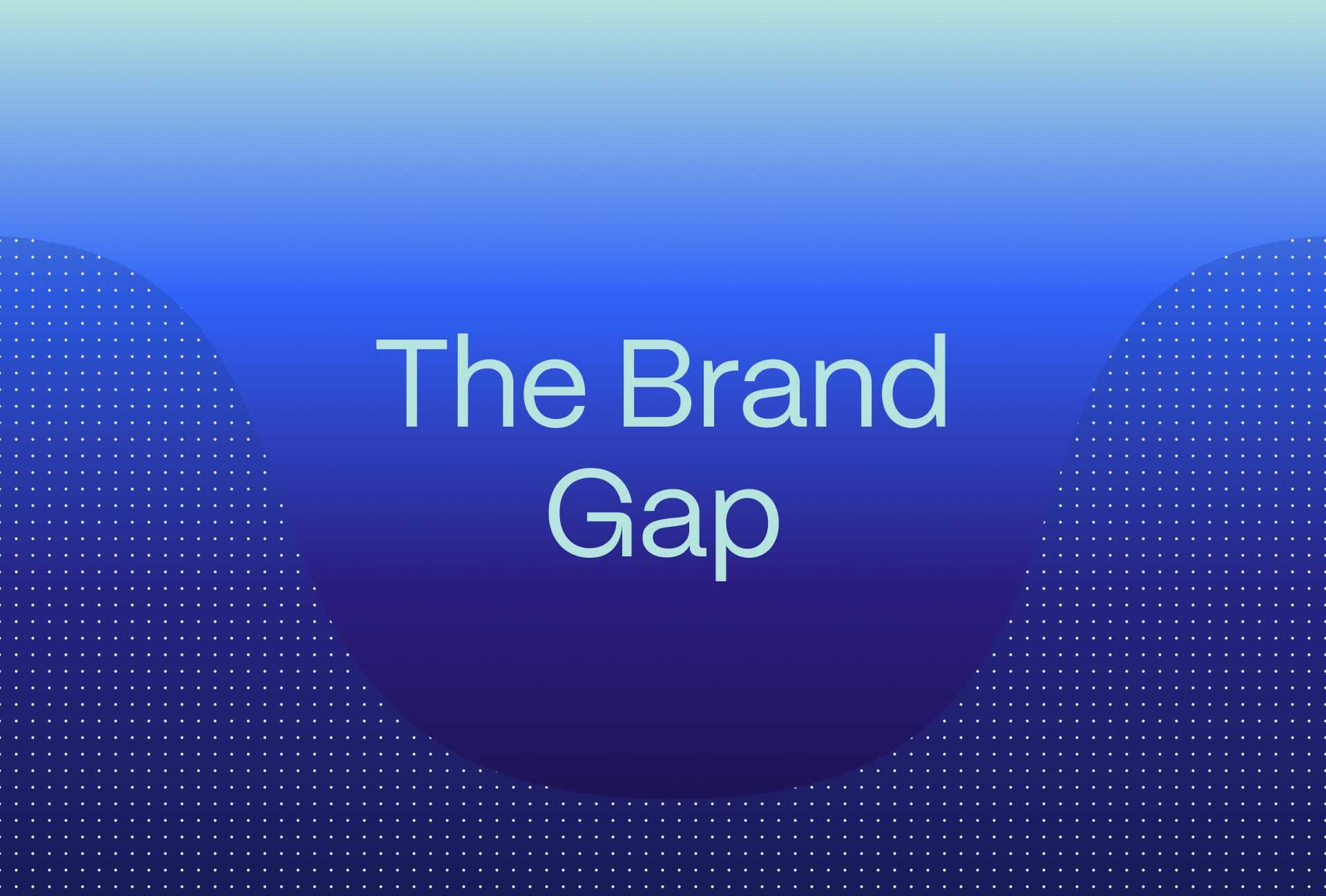Every day, business owners tell me what they do—but rarely why their customers should choose them over someone else. Being able to describe your services is useful, but it’s not enough. Without a distinct, meaningful position in the minds of your ideal customers, you’re invisible.
This is what I call the Positioning Blind Spot—a place where businesses fail to articulate a magnetic difference, and suffer for it. In this post, we’ll unpack how that blind spot is costing you opportunity, and reveal how smart brand positioning sets you apart, protects your margins, and drives growth.
1. Describing What You Do Isn’t Positioning
Most business owners can recite their services: “I make websites,” “I run events,” “I offer consulting,” and so on. But those are just services, they don’t indicate why someone should choose you specifically. That’s the core difference between description and positioning. Description answers “what”; positioning answers “why you.” It’s not enough to be one more competent provider, you need to be the provider with a compelling why that resonates with the right customer.
Effective brand positioning answers:
-
Who exactly this business serves
-
The specific result or benefit they deliver
-
Why they do it better than anyone else
When you can articulate that, you move from being another option to being the preferred choice. Clarity here isn’t nice to have—it’s your growth engine.
2. Being One of Many vs. Becoming the Only Choice
If your messaging sounds like everyone else in your industry (“quality service,” “great prices”), you’re setting yourself up to compete on price. And when price becomes the deciding factor, you’re losing before the conversation even begins.
True brand positioning breaks that cycle. It creates preference, not just interest. When customers feel your message speaks directly to them and no one else,they bypass the comparison, because you’ve become their obvious choice.
Examples:
-
A café that positions itself not just on coffee, but on “the place where remote workers feel at home all day.”
-
A B2B provider reframing itself not just as “efficient,” but as “the gap‑closer, bridging delivery delays so your deadlines never slip.”
That specificity is magnetic. It means people self‑select, because your position solves a problem in a way no one else does.
3. The Real Cost of Blending In
Blending into the background doesn’t just leave you unnoticed, it actively fuels your competitors. When people can’t remember what makes you different, they walk into a competitor’s store or scroll another website and assume it’s just as good.
You might be paying for digital ads, attending networking events, or investing in email campaigns that broaden your reach, but without a stand‑out position, that reach goes to waste.
Clarity in positioning helps:
-
Improve recall
-
Sharpen your marketing effectiveness
-
Increase conversion, because your message isn’t asking people to figure out the difference—they already feel it.
Stop building awareness that goes nowhere. Start owning a position that generates momentum.
4. Why Playing It Safe Can Be Risky
A lot of business owners avoid narrowing down their message, they worry that defining a specific niche or strong stance might scare away potential customers. Ironically, that “safety” often leads to indifference.
When your message is too broad, it dilutes impact. It becomes forgettable. But when you define who you serve and why you’re uniquely brilliant for them, you become memorable.
Having a clear position gives you:
-
A confident voice – because you know what matters most
-
Better alignment across your marketing – from your homepage to your email sign‑offs
-
Easier, more predictable client attraction
Playing it safe in messaging is one of the riskiest moves you can make. Clarity attracts; ambiguity repels.
5. What Clear Brand Positioning Actually Looks Like
Great positioning isn’t just a catchy tagline. It’s a deliberate, coherent choice that guides how you show up, what you say and how you say it.
It includes:
-
Audience clarity: who exactly do you serve?
-
Point of difference: what do you do better than anyone else?
-
Emotional pull: why does that difference matter?
Take examples like:
-
A handyman service that brands itself as “the 30‑minute fix‑it hero” no booking delays, no waiting.
-
A coaching business marketed as “the accountability accelerator for overwhelmed founders” clear, urgent, and specific.
That focus creates resonance. It becomes easy for customers to say “That’s exactly what I need.” It gives your marketing weight, your pricing purpose, and your growth direction.
Conclusion
If your business is stuck in the Positioning Blind Spot, your marketing may be working harder than it should for limited results. But when you shift from a vague description to a focused, meaningful position, everything changes. You attract better clients, you lower price resistance, and you build momentum that compounds over time.
Clarity isn’t accidental, it’s strategic. So ask yourself: who are you exactly for, what problem do you solve like no one else, and why does that matter now? That’s your positioning. Own it. And watch your business become the one customers choose.
